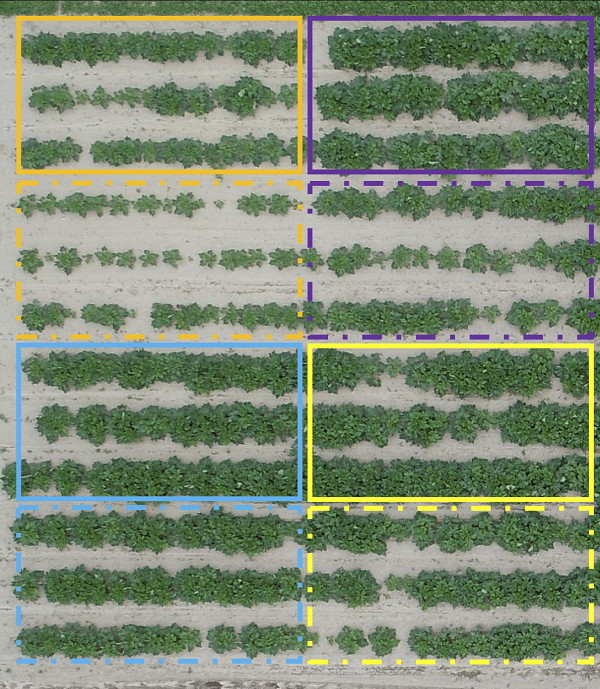
Oct 1, 2022Combining cover crops, fall manure boosts both
Fall is often a practical time to apply manure nutrients for many growers. In the case of vegetables, regulations associated with food safety and organic certification can further limit available windows to apply raw manures in the spring.
However, fall application can leave manure nutrients, especially nitrogen (N), vulnerable to loss before a crop can use them. This is especially true when warm temperatures speed manure decomposition and release of available N, which can later be lost with snowmelt or heavy rain.
Like manure, a good cover crop can benefit both short-term crop fertility and long-term soil health. Many fall-planted cover crops, including those in the brassica (mustard) family, are good N scavengers. They prevent N from being lost by taking up for growth, and tend to grow better when soil N is high.
Combining fall manure applications with an N-responsive fall cover crop has the potential to maximize the benefits of both.
Poultry litter and brassica cover crops
We conducted a two-year experiment on a loamy sand soil in Holt, Michigan, to evaluate how fall-applied chicken litter impacts cover crop performance and recycling of nutrients to an organic acorn squash crop. Four cover crop treatments were planted in August of each year. Cover crops included Defender oilseed radish, Dwarf Essex rapeseed, a radish-rapeseed mixture, and a no cover crop control. In each case, cover crop treatments received either no manure or fall chicken litter applied at about 1.5 ton per acre. Dwarf Essex rapeseed is winter hardy in Michigan while oilseed radish winterkills, so these two cover crops were chosen in part to see whether they differed in their potential to recycle manure nutrients to the subsequent crop. A bush-type acorn squash (Table Ace) was grown the following summer. We collected data on fall and spring cover crop biomass production and quality, soil available N from fall through summer, and acorn squash growth, N status and yield.
Synergistic benefits for crop and soil health
In coarse-textured or otherwise low-fertility soils, cover crop performance may be limited by available nutrients. Applying manure can improve cover crop productivity, resulting in greater organic matter contributions and nutrient accumulation than could be achieved through the applied manure or cover crops alone. In our research, the fall poultry litter addition more than doubled cover crop biomass and N accumulation compared to unfertilized cover crops in some cases. However, benefits were less pronounced in a field with higher initial available N, demonstrating that cover crop response will be tied in part to the fertility status of your soil.
All radish and rapeseed cover crop treatments increased acorn squash yield relative to not having a fall cover crop. In addition, applying fall chicken litter benefited squash yield whether cover crops were planted or not. However, the greatest yields were achieved when fall manure and cover crops were combined. We did see some support that inclusion of the winter hardy rapeseed in a cover crop did a better job recycling N than the winterkilled radish, but these differences were not reflected in the final yield.
The take-home message
If you already apply manure nutrients in the fall, the right cover crop may help you keep available N in the plow layer to benefit cash crops next season. If your rotation allows, brassica family cover crops can effectively scavenge N and store it in residues likely to make that N available again as they decompose. Where soil fertility is low, fall manure can improve growth and performance of N-responsive cover crops. Combining fall manure and cover crops may be a win-win.
— Zack Hayden, assistant professor in Michigan State University’s Department of Horticulture and a 2020 honoree of Vegetable Growers News’ 40 Under 40 Awards program.
— Alyssas Tarrant, Ph.D. graduate research assistant in MSU’s Department of Horticulture.
PHOTO: Overhead image of select acorn squash plots in July 2020 following fall applied chicken litter and cover crop treatments. Orange = no cover, blue = oilseed radish, purple = rapeseed, yellow = radish/rapeseed mixture. Solid outline = chicken litter, dashed outline = no chicken litter. Both cover crops and fall manure increased squash growth and yield in the summer. Photo: Hayden Lab, MSU
















